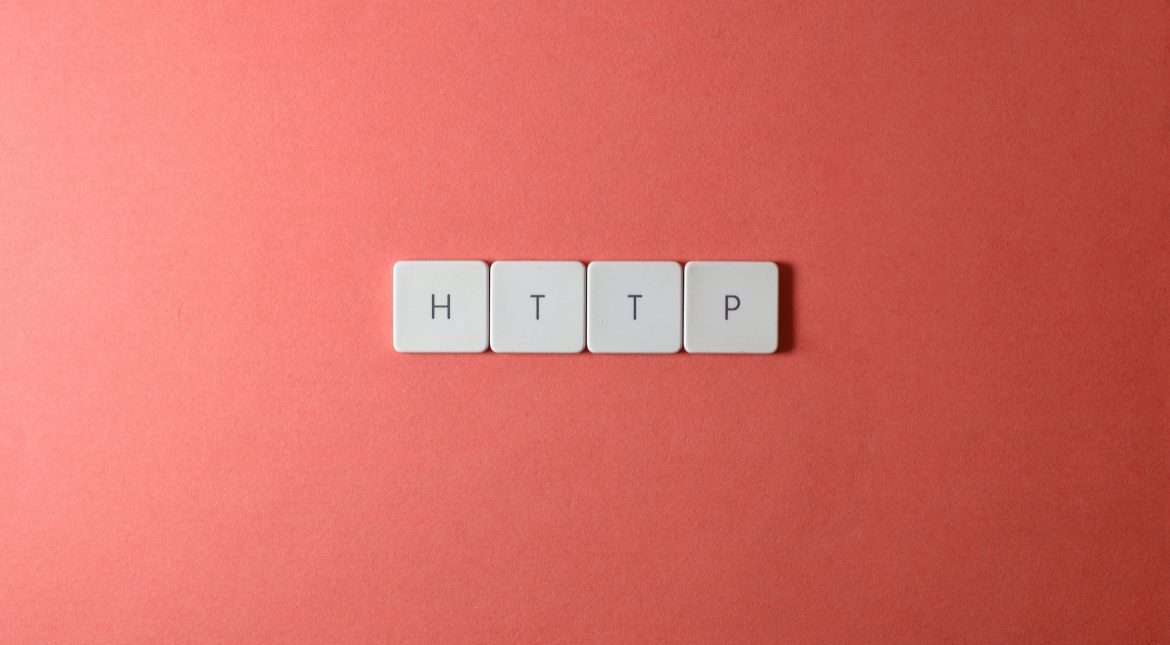In our latest Three Minutes With, Martins Tanne, Co-founder of Serpa Media Group, spoke with Jennifer Kite-Powell, Head of Content at Okens Domains, to talk about how the company helps iGaming operators break boundaries, the importance of community building between operators and regulators, iGaming threats and the value of transparency they get with Okens Domains. Serpa Media Group works with all aspects of the casino and sportsbook industries to help them push boundaries and conquer new digital mountains.
Jennifer Kite-Powell (JKP): I love how your company name is tied to how Sherpas act as guides and porters to help people climb mountains to break boundaries. How do you approach your iGaming customers to help them break boundaries?
Martins Tanne, Serpa Media Group (MT): We create innovative and fun products for iGaming customers. But most importantly, they provide engaging and accurate ways to find useful information about operators and games. For example, one of our recent projects is Bookofslots.com. It’s focused on fostering the industry in communities, which is different from the thousands of top-list sites created just to make money. We believe product quality, innovation and strong communities are the right way to have the best long-term customers around iGaming operators.
JKP: What challenges do operators face when they connect with the consumer?
MT: The biggest challenge for operators is undoubtedly regulatory. Many countries impose various restrictions that open the gates for gray-market casinos. On the other hand, these casinos often fail to provide high-quality services, have lengthy withdrawal times, and lack strong customer support.
It’s a never-ending cycle for this industry, creating challenges for operators, regulators, and players. I believe that responsible gambling tools and a safe online casino environment for regulated market casinos are crucial. They must be maintained at a high level to build good relationships between regulators and casinos.
JKP: That’s a good point; relationship building always seems to be the last thing people think of these days. So we know operators have their challenges, but in your view, have iGaming consumers changed how they relate to iGaming operators?

MT: As regulations tighten within the iGaming industry, players now expect higher levels of transparency and fairness, pushing operators to adhere to stricter standards and maintain a wider choice of gaming options.
Also, as I mentioned above, the social features and community-building efforts within gaming platforms create deeper connections and interactions among users, enhancing loyalty and engagement.
It is also important to mention that many players increasingly demand responsible gaming tools such as deposit limits, self-exclusion options, and prioritizing operators that promote ethical practices and customer welfare. This gives consumers more trust in the operator when they do these things.
JKP: Trust and security go hand in hand. Do you have any insight into the critical importance of maintaining a strong and secure online presence?
MT: As we all know, the internet is a world of its own, and it’s crucial to maintain a strong and secure website for your business’s benefit and the consumers using your platform.
Interestingly, we faced our first DDoS attack three weeks ago and were unprepared. However, we’ve learned our lesson and added an extra layer of protection against such issues. It’s always important to remain vigilant about cybersecurity threats.
On another note, communicating with your clients is key. Ask them what features they want to see on your platform can create trust and connection. Customer satisfaction is the most vital aspect of your business; by listening to your customers, your product will improve daily.
JKP: I think companies don’t think a DDoS attack will happen to them until it does, so looking at online threats, what are iGaming operators facing?
MT: The primary threats to iGaming operators are regulatory issues, cybersecurity and reputation.
The narrative around anti-money laundering (AML) practices and government regulations is continuously evolving in this industry. This reflects the significant economic impact these businesses have on consumers.
Many casino sites have gone offline due to cybersecurity problems, highlighting data breaches as another major threat to this business.
Lastly, reputation is crucial. The iGaming industry is vast and with numerous fraudulent casinos emerging, particularly in Latin America, concerns about the legitimacy of online casinos are increasing. Many users find these platforms untrustworthy. Therefore, it is essential to build a brand that is both reliable and meets user needs effectively.
JKP: How can Serpa help operators sidestep those threats – or better yet, blow past them?
MT: We encourage players to use responsible gambling tools and to play only on licensed operators. We also inform users about safe gambling practices and what to check or verify before playing at any online casino.
JKP: What tech developments do you see coming down the road for operators today that will positively impact their online presence?
Implementing more artificial intelligence (AI) and automation that is connected to user behaviour (responsible gambling and limits) will definitely allow the iGaming industry to be more fun and less economically devastating for consumers, and this will also satisfy regulation more.
More swift and reliable payment systems- faster and safer crypto payments – will allow players to use operator services more often. We have spoken to many iGaming customers, and one of the most important questions is about withdrawal methods and time.
I’ve mentioned this before, but building community is vital. It’s important because gamblers tend to play at three to four casinos simultaneously, and a great community vibe will help them maintain a longer player life.
JKP: You’ve been working with Okens Domains since 2023. What motivated you to choose the company for your domains?
MT: We are working with Okens on new domain registration and management. It’s a very handy service for foreign country TLD registration because it helps us manage hundreds of domains with a convenient and easy-to-use platform. We value their transparency and swift customer support. I believe that’s one of the most important things when it comes to domain management and the fast business phase, as iGaming itself.


 Oleksii Haltsev
Oleksii Haltsev






